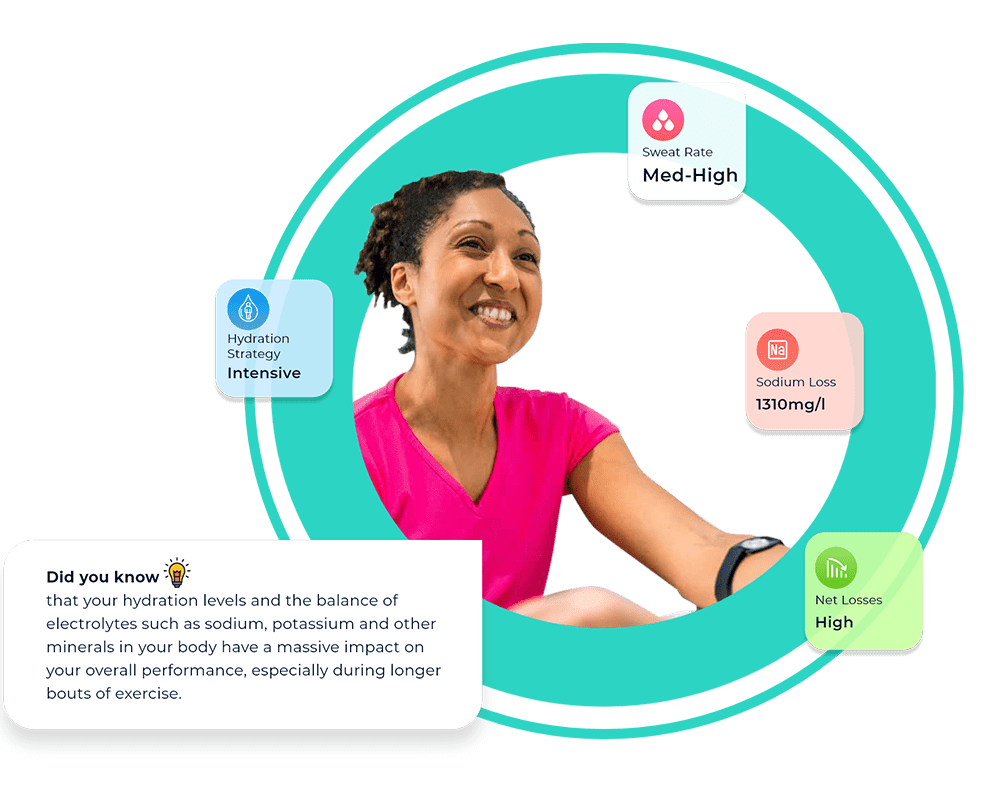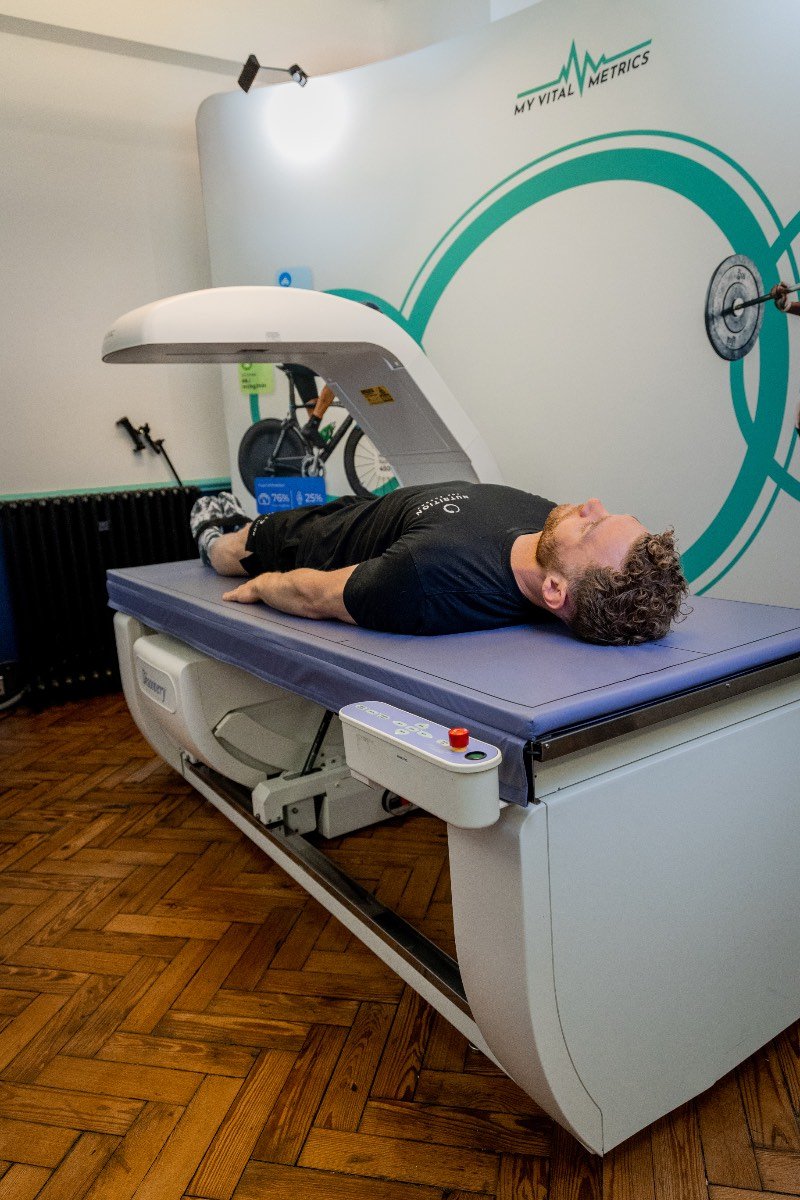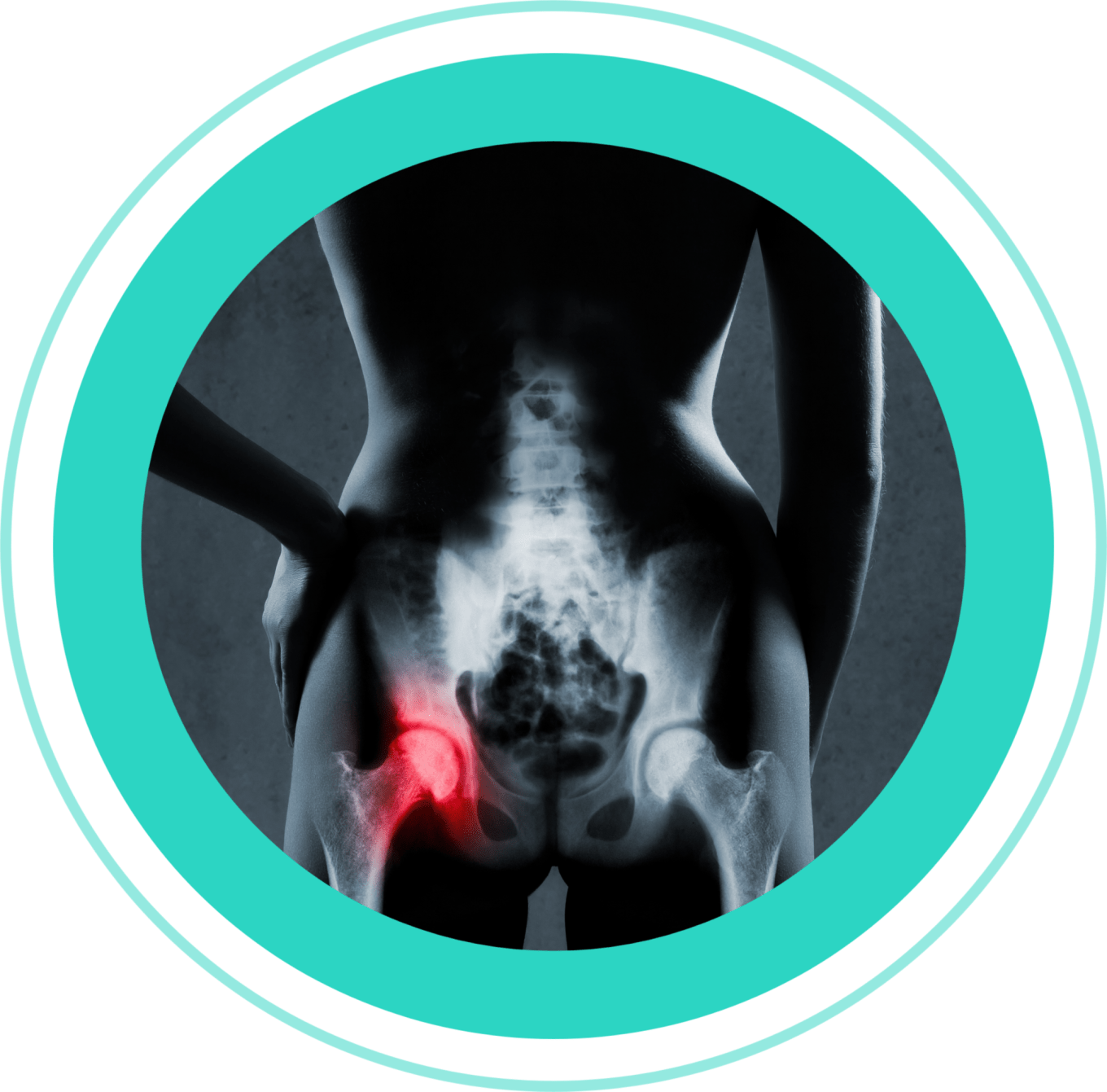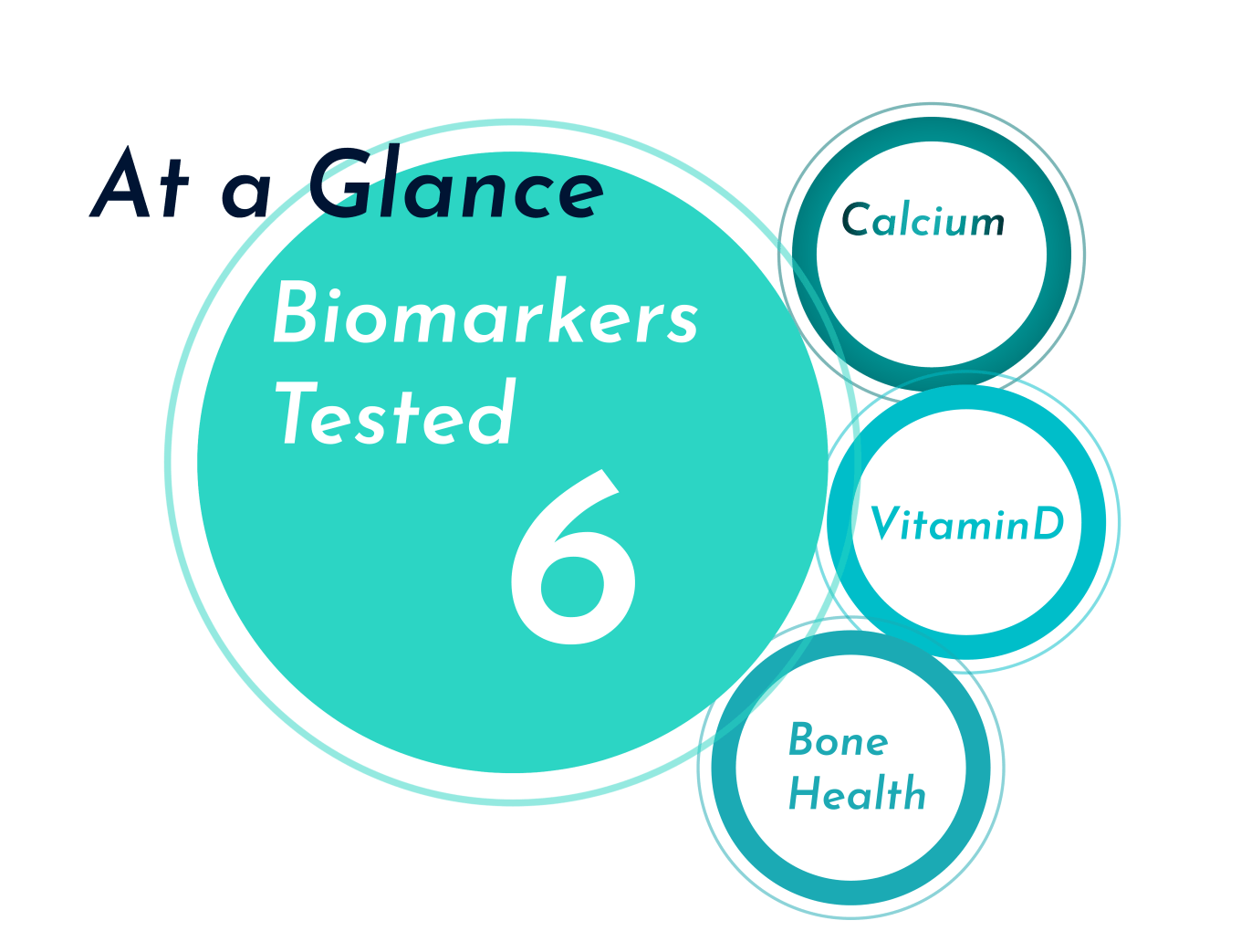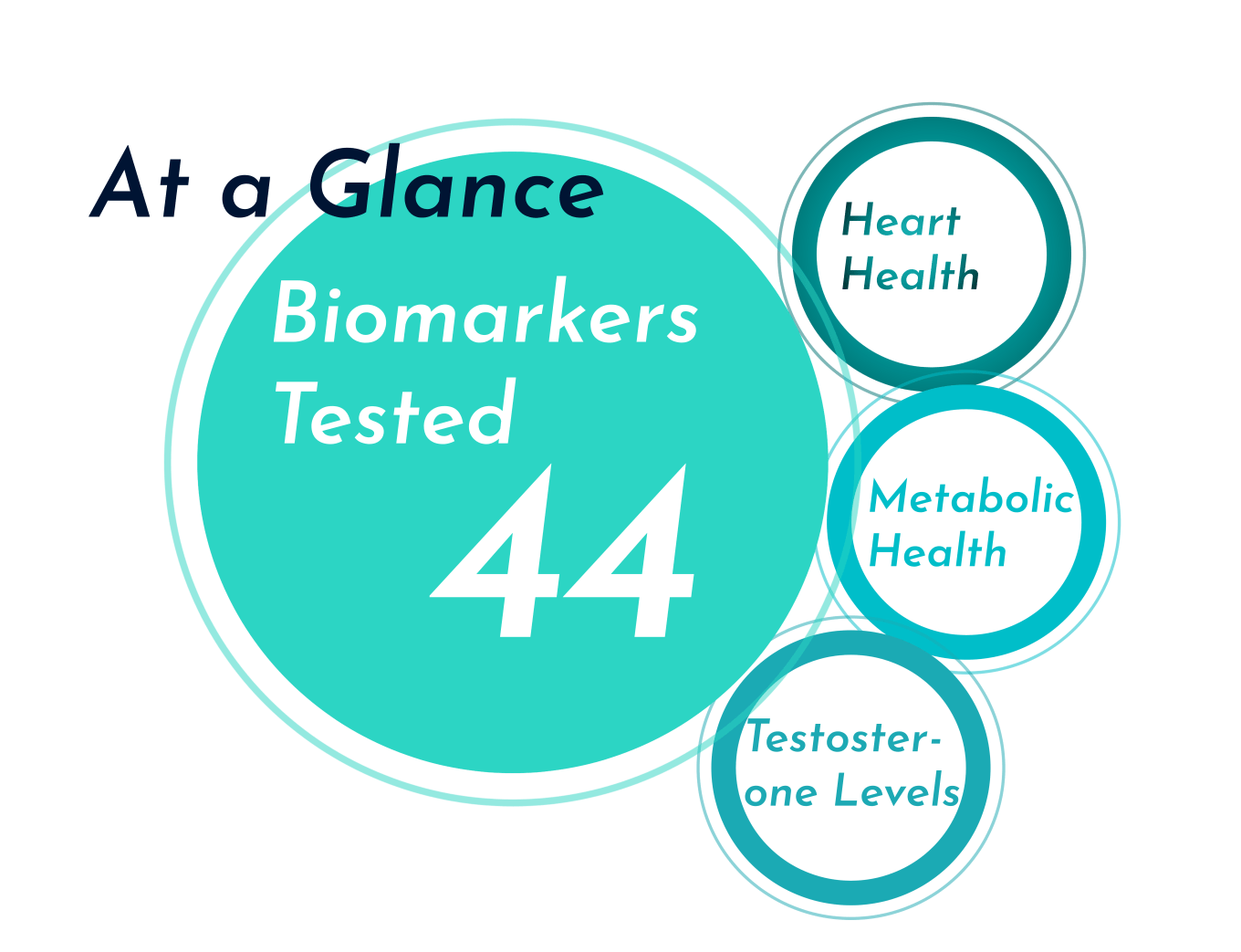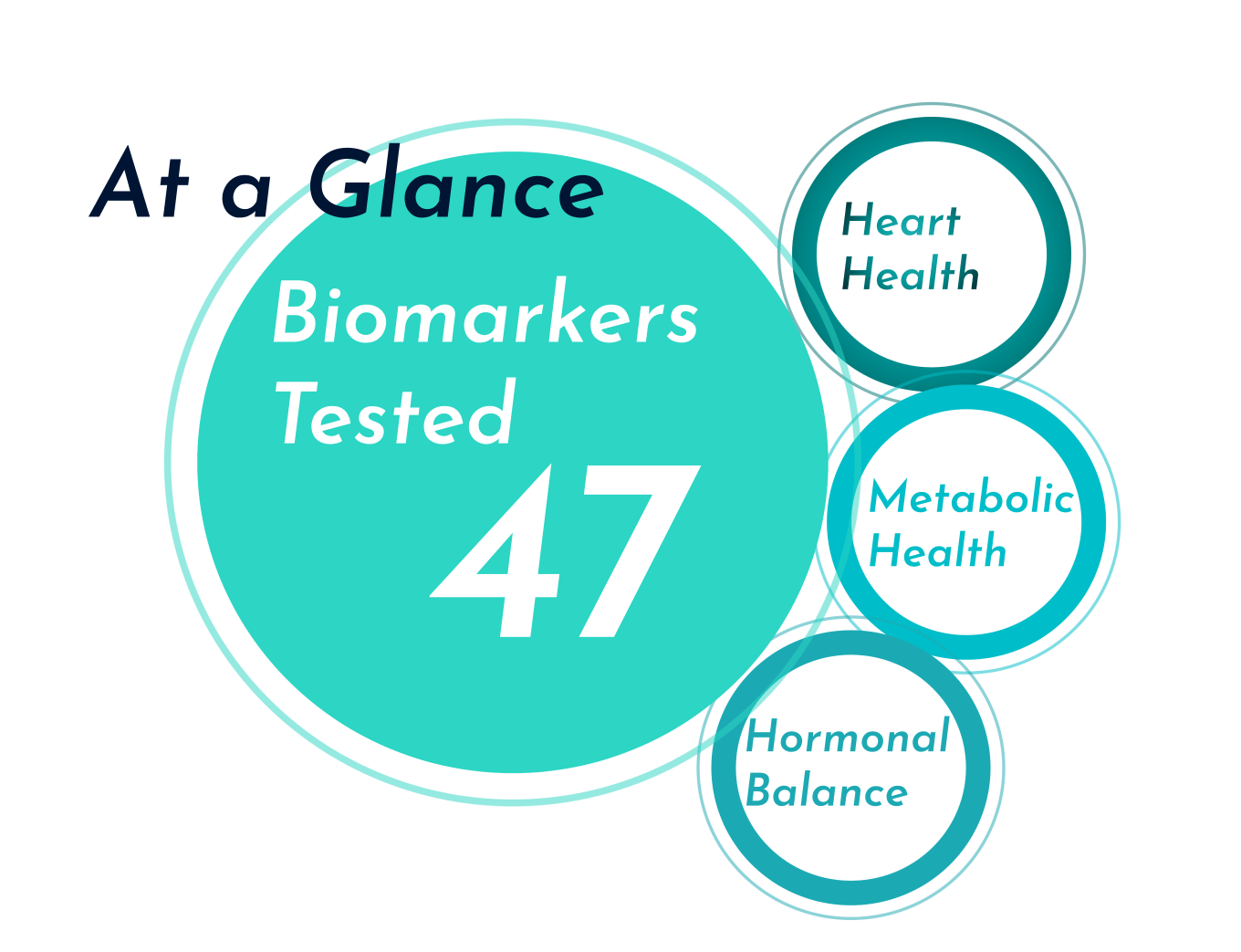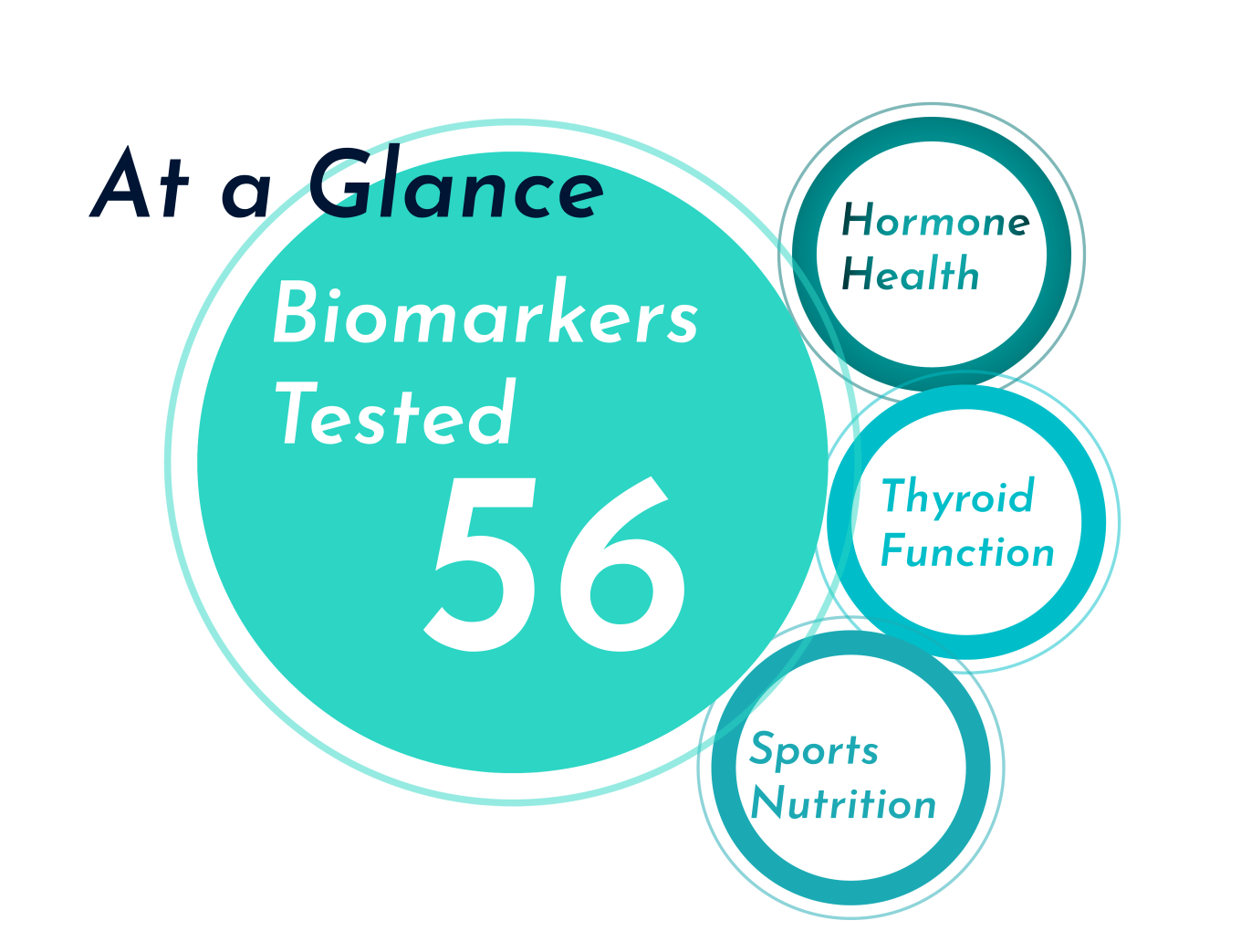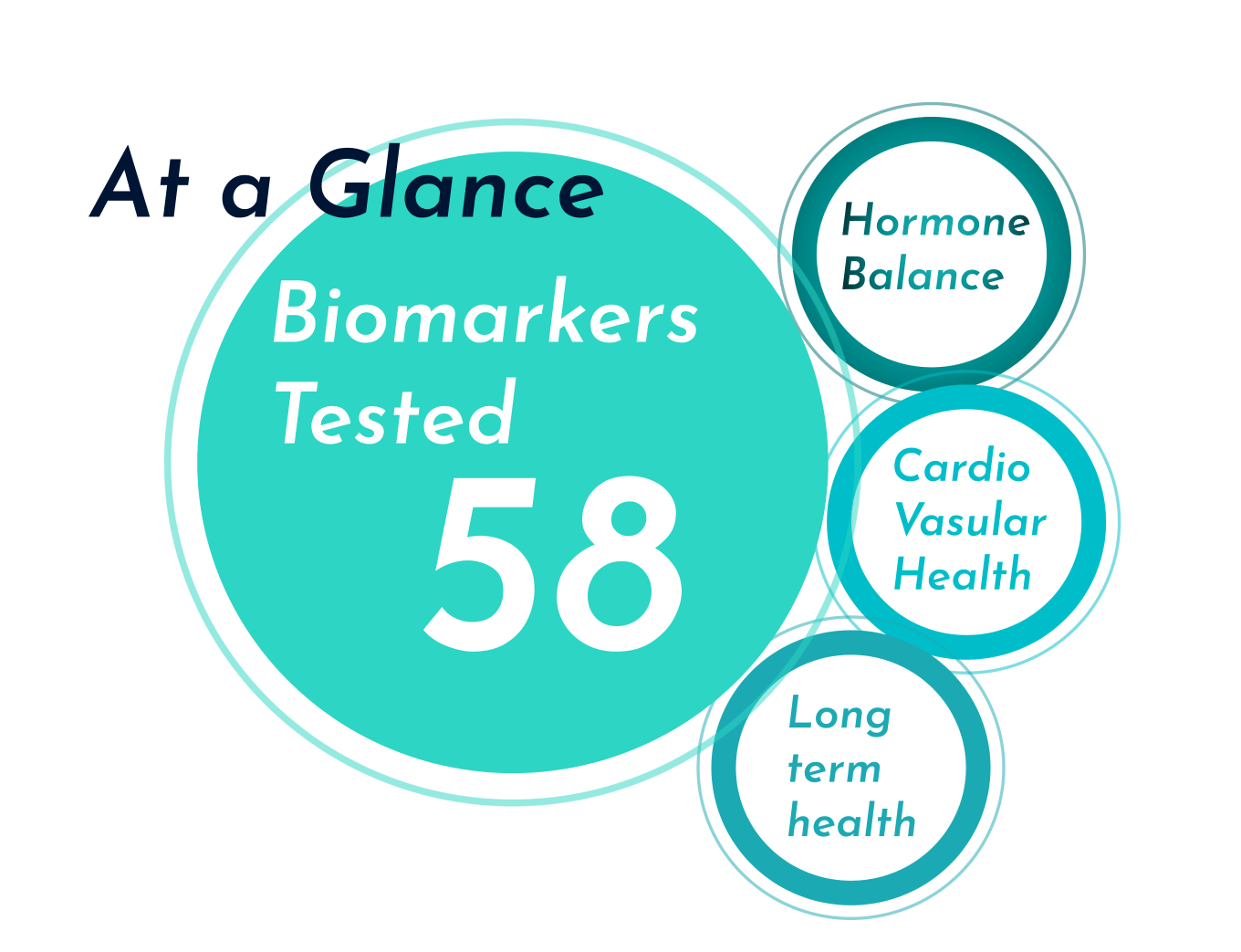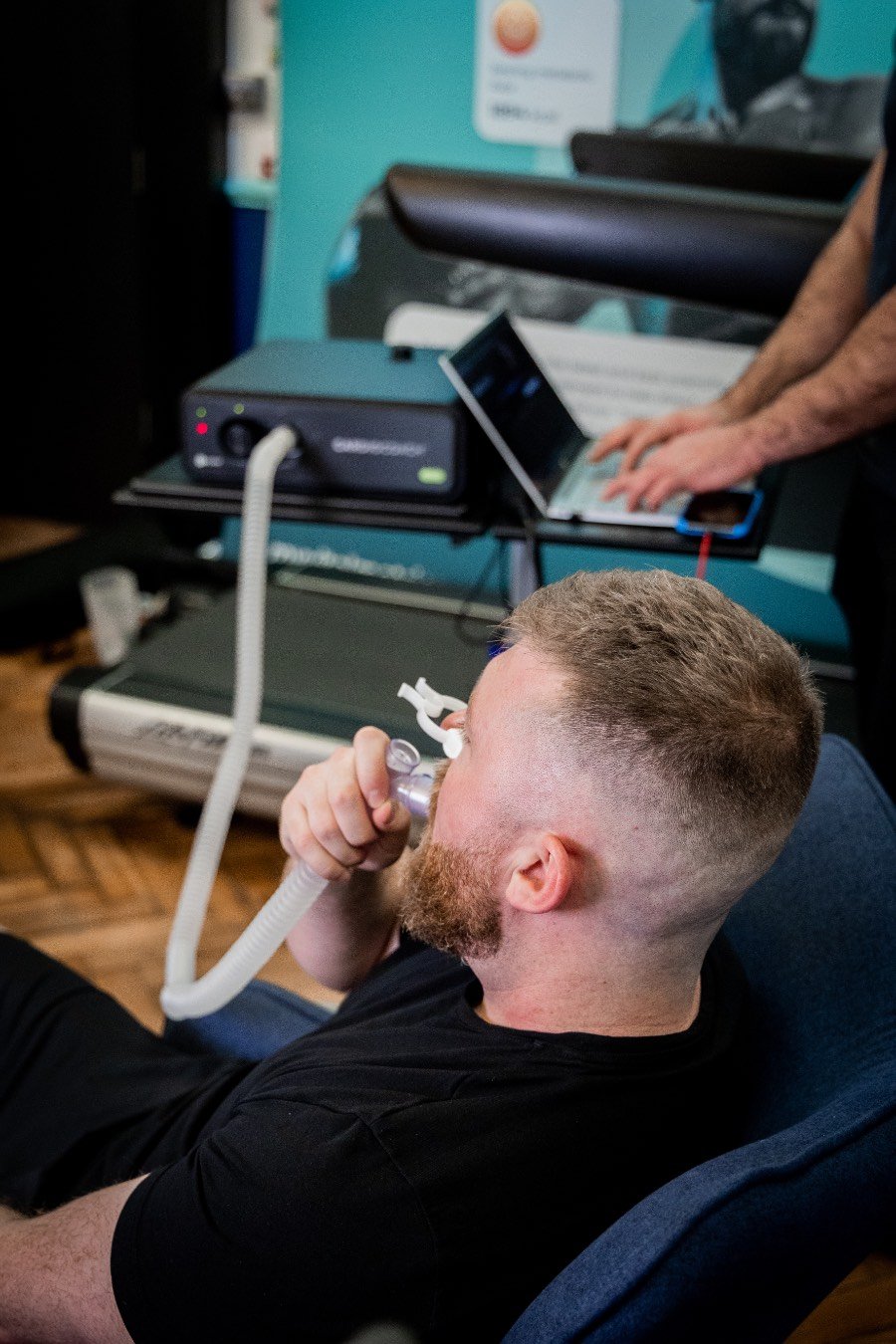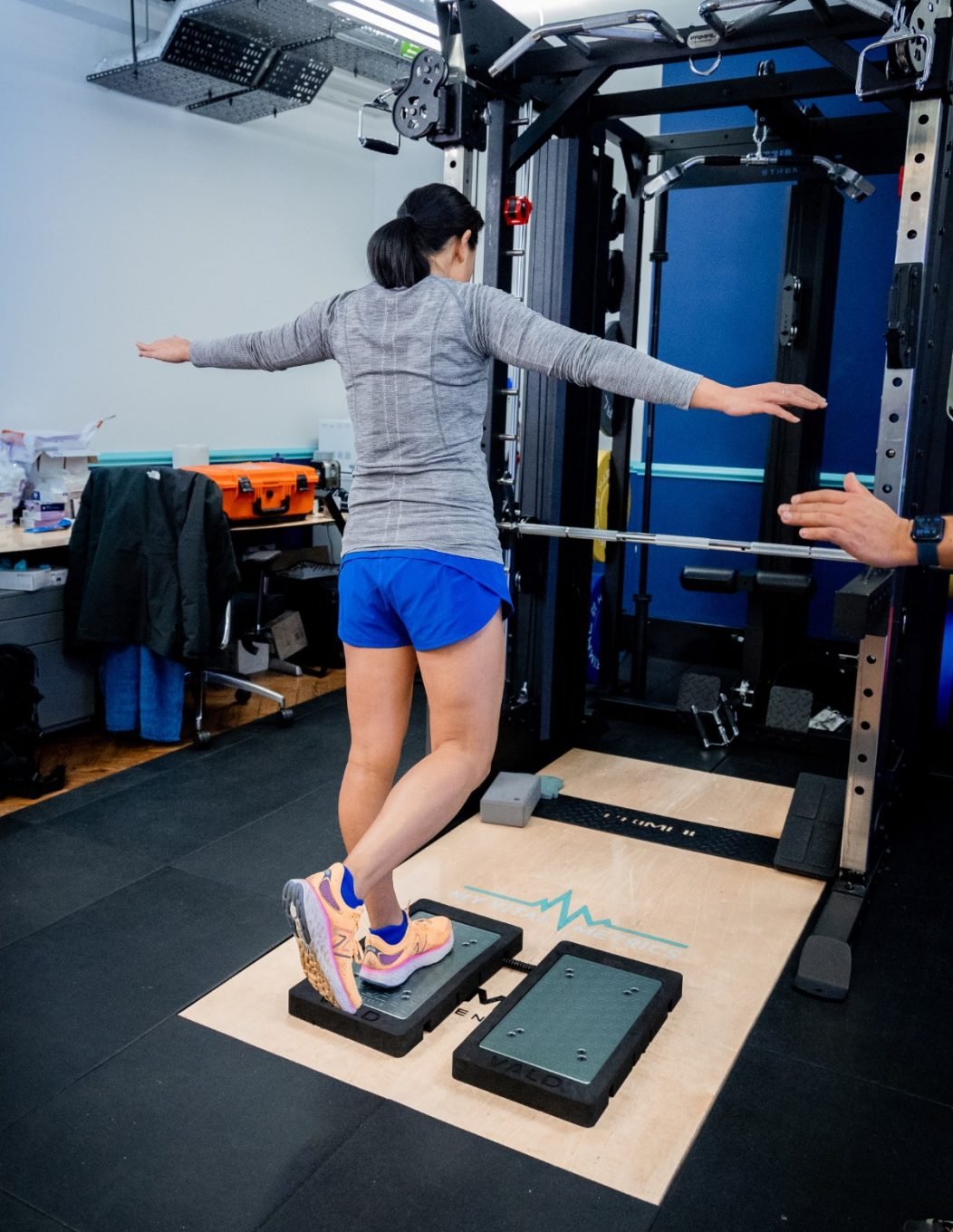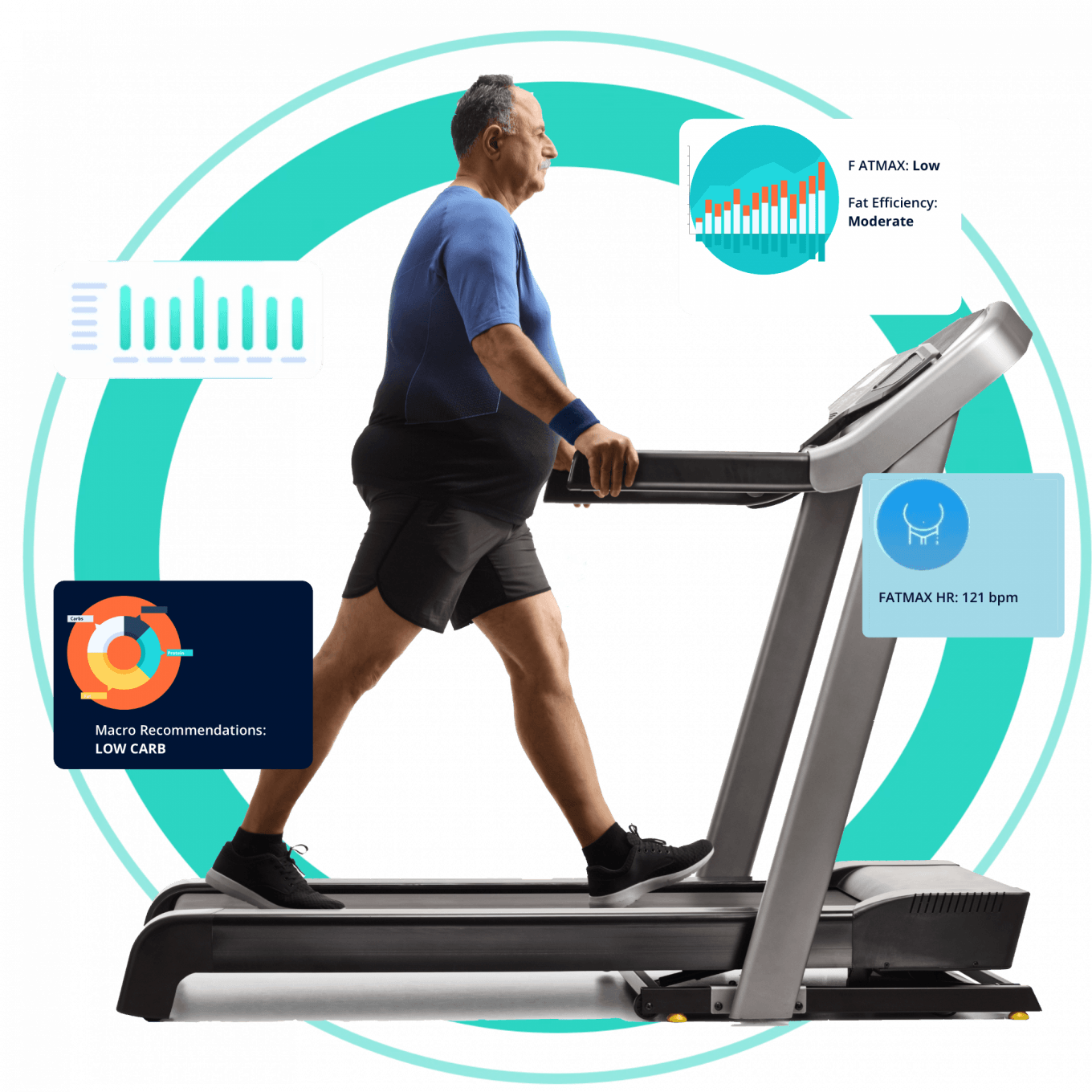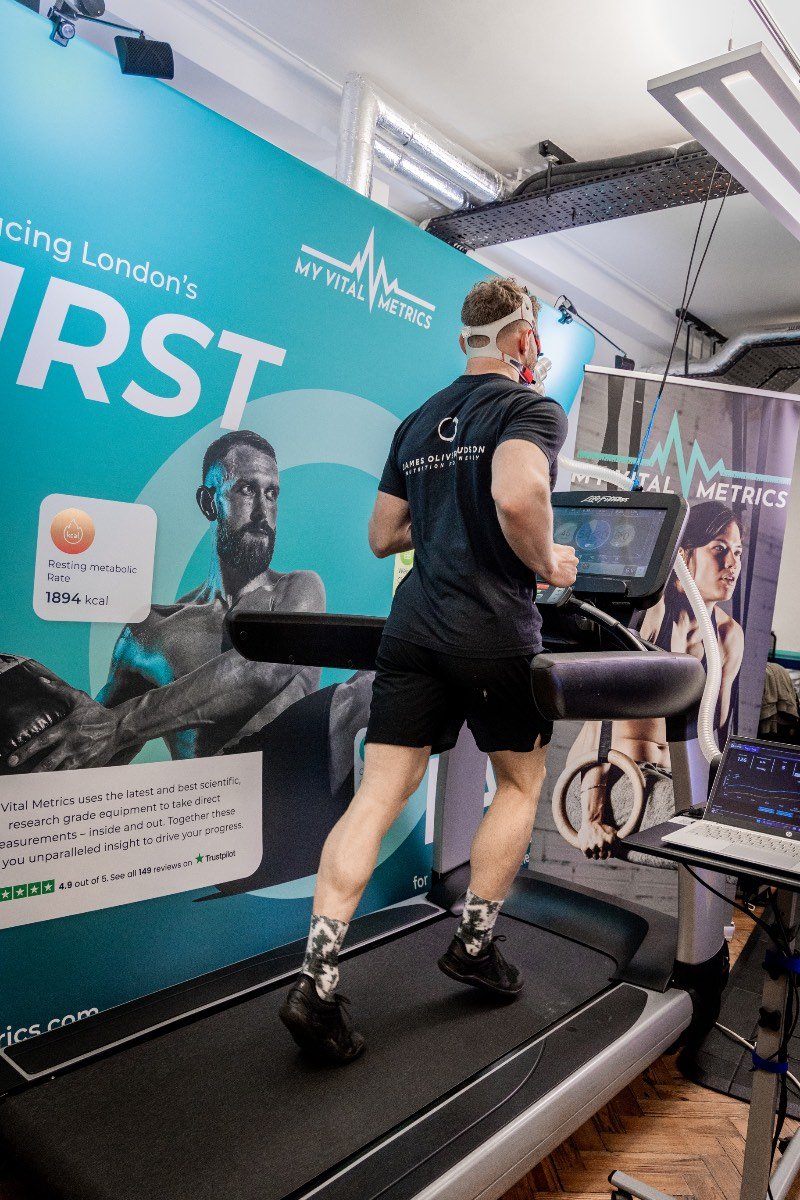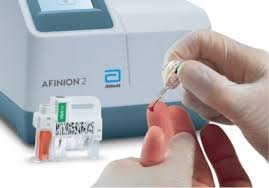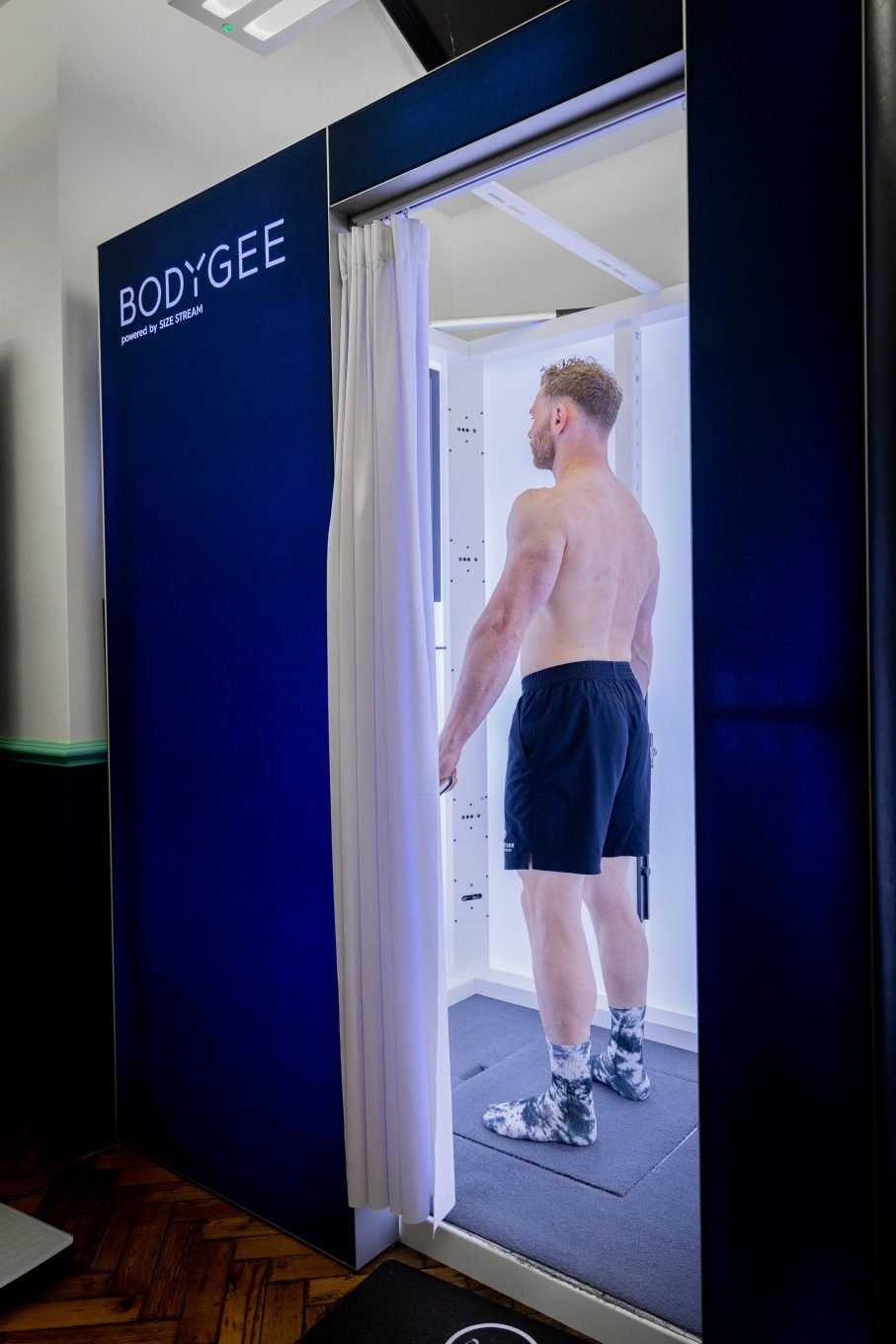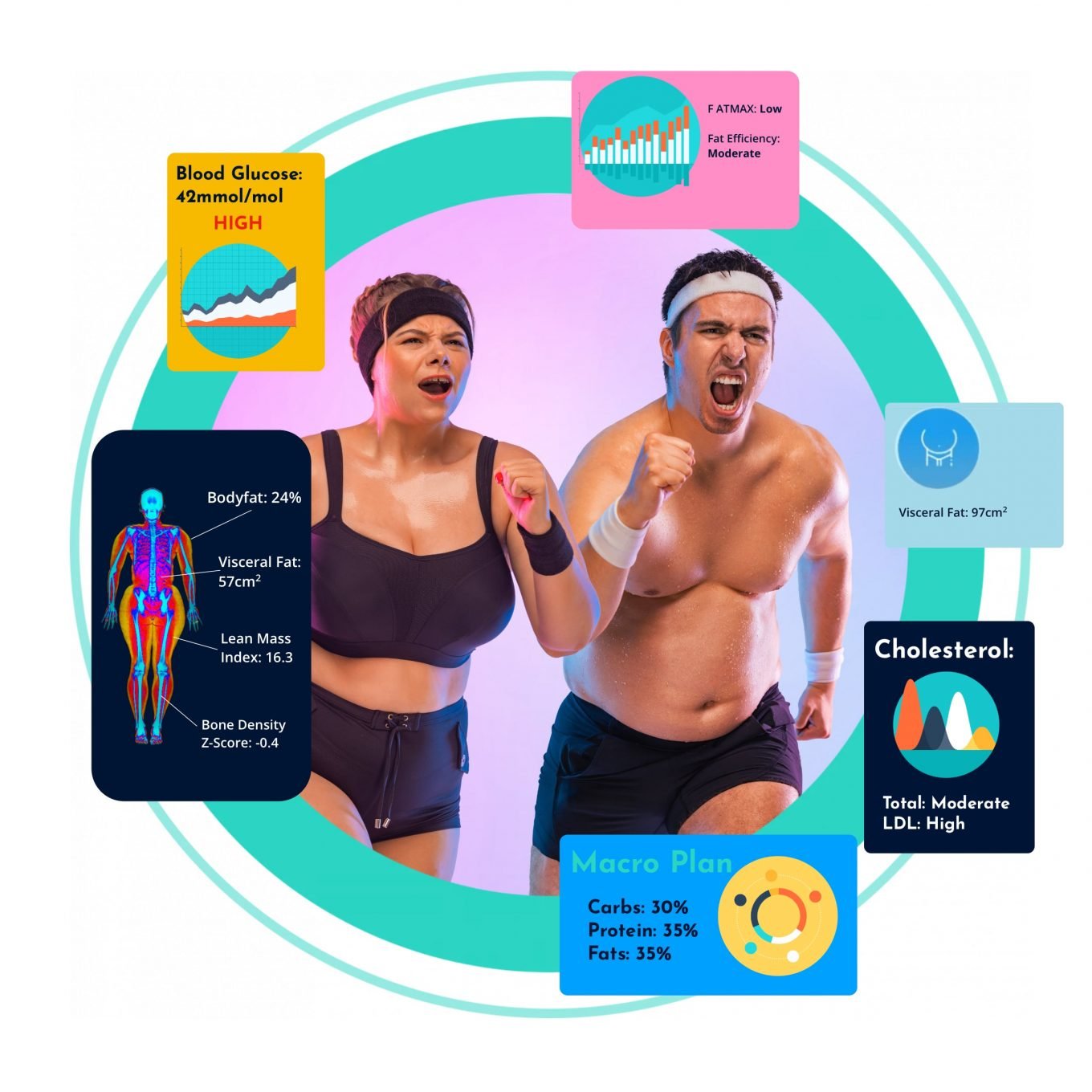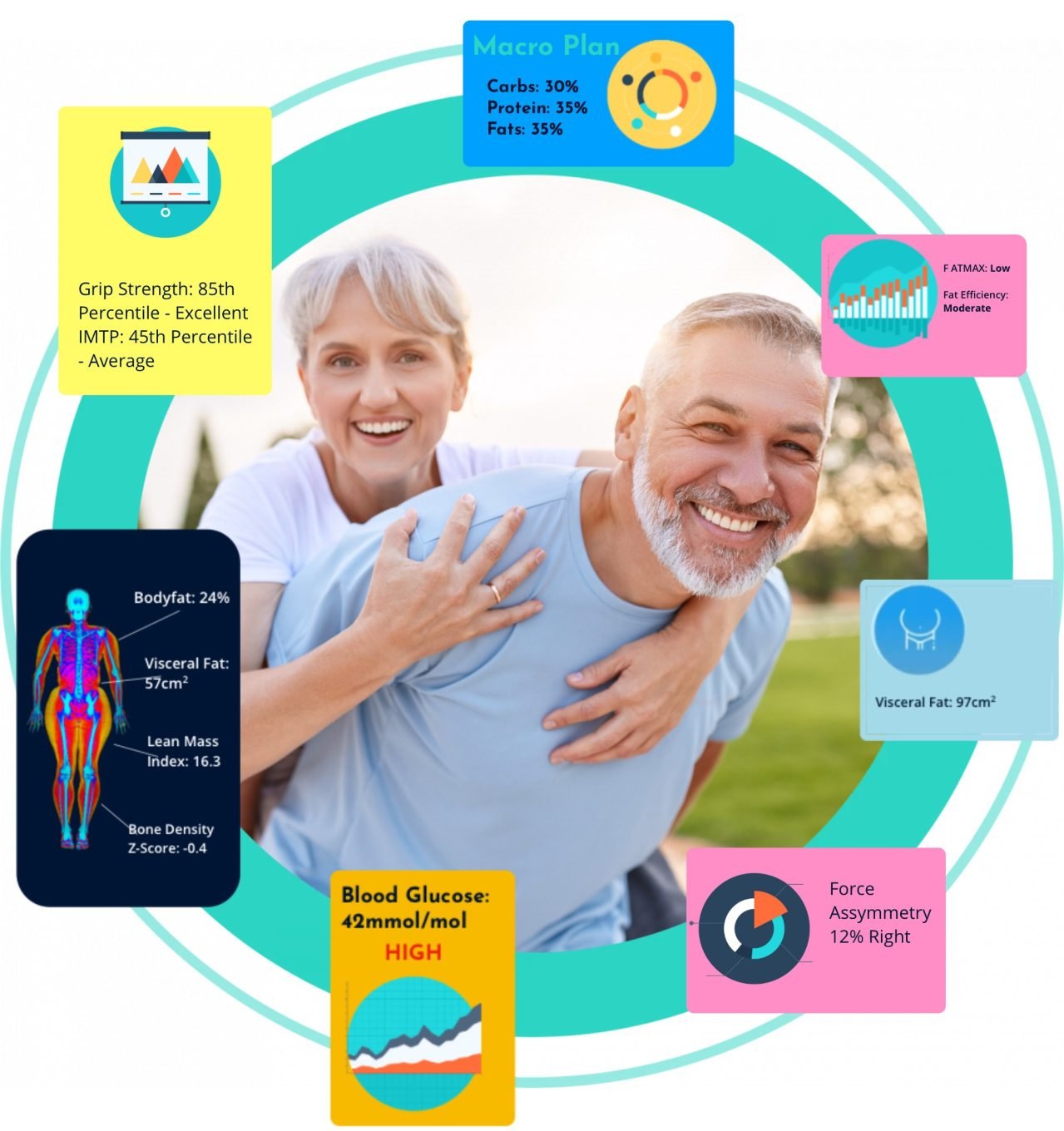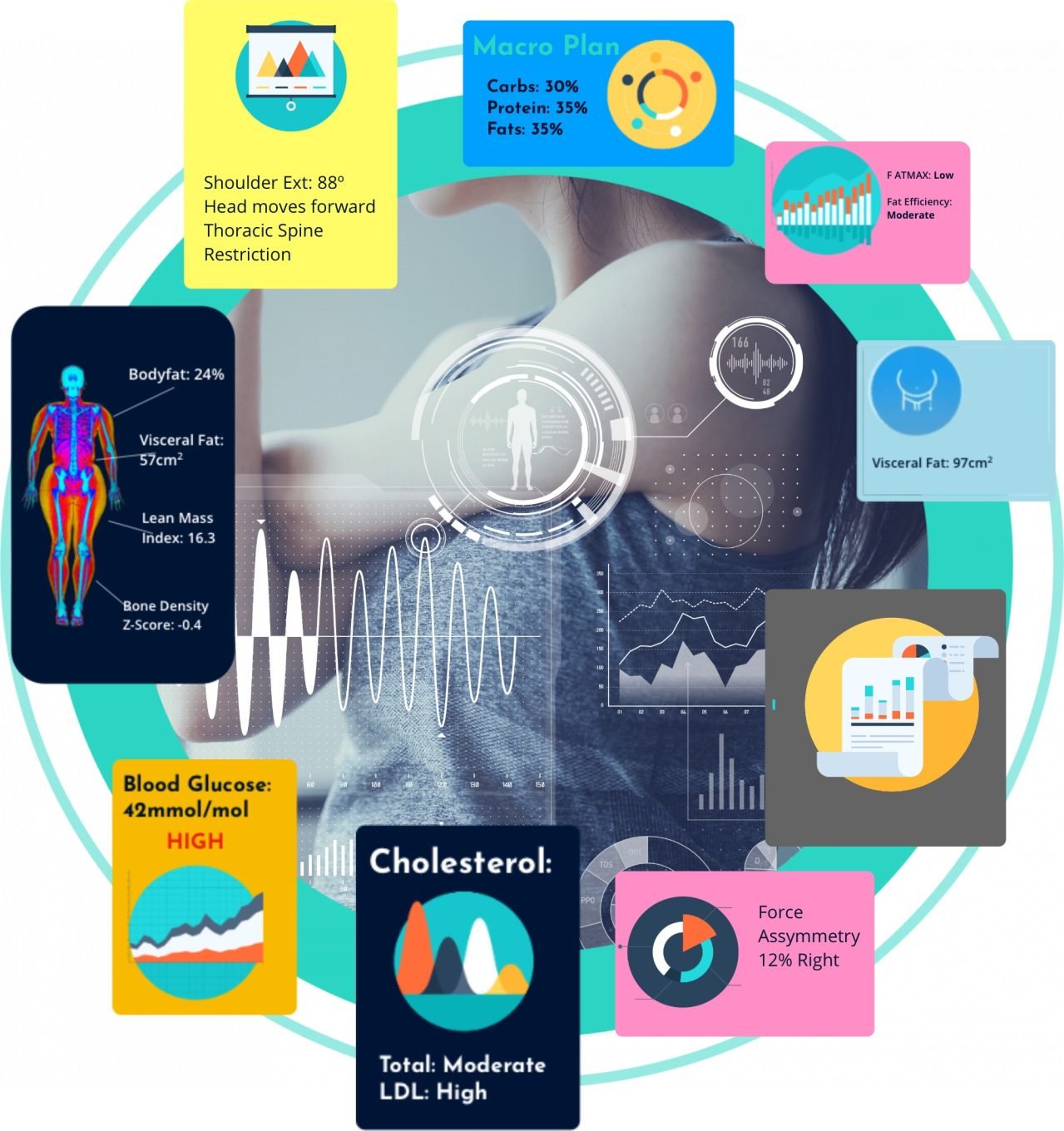
Body Composition & Fitness Test Consultant.
2021: Applied Pro Performance Nutrition Course – Supporting Champions.
2017: Diploma Naturopathic Nutritional Therapy – College of Naturopathic Medicine.
2014: Postgraduate Diploma Sports & Exercise Nutrition – Institute of Performance Nutrition.
2012: Postgraduate Certificate in Nutrition, Physical Activity & Public Health – The University of Bristol.
![]()
![]() 2011: BSc Honours in Sports & Exercise Sciences – The University of Birmingham.
2011: BSc Honours in Sports & Exercise Sciences – The University of Birmingham.
I have a decade of experience working as a nutrition practitioner. I started in elite sport with a
professional rugby club called Worcester Warriors as a Performance Nutritionist. Then I moved to
London in order to broaden my nutritional toolbox and work with ‘everyday athletes’ in the health and
fitness industry. Individuals who take their fitness, exercise and sport very seriously and work full time in
I also have experience working in endurance and adventure sports through consulting with the clothing
brand the North Face and body composition support in the fashion industry through consulting with an
agency called Viva Model Management.
It’s safe to say I am a food fanatic. When I was an infant my Mum ran a catering company so I was
immersed in food from an early age. Currently, my sister works as a pastry chef and in my spare time, I
host a podcast called Big Feed Up HQ where I discuss things around nutrition, movement and outdoor
“Collecting data provides a basis for
discussion”
Following the RMR test you’ll get a report showing you exactly how many calories you burn at rest.
This is important information if you want to lose fat, maintain weight or gain muscle. We also take your
activity level (structured and incidental exercise) per week into consideration in order to come up with a
total figure in terms of calories per day to eat to reach your goal.
I like to think about nutrition through the lens of the 3 T’s. Total – amount of food consumed in calories
per day, Type – the type of foods and drinks consumed per day and Timing – the distribution of your meals
I like to label meals as ‘training meals’ or ‘anytime meals.’ Quite simply the meals closer to training
sessions are your ‘training’ meals and the meals furthest away from training sessions are your ‘anytime
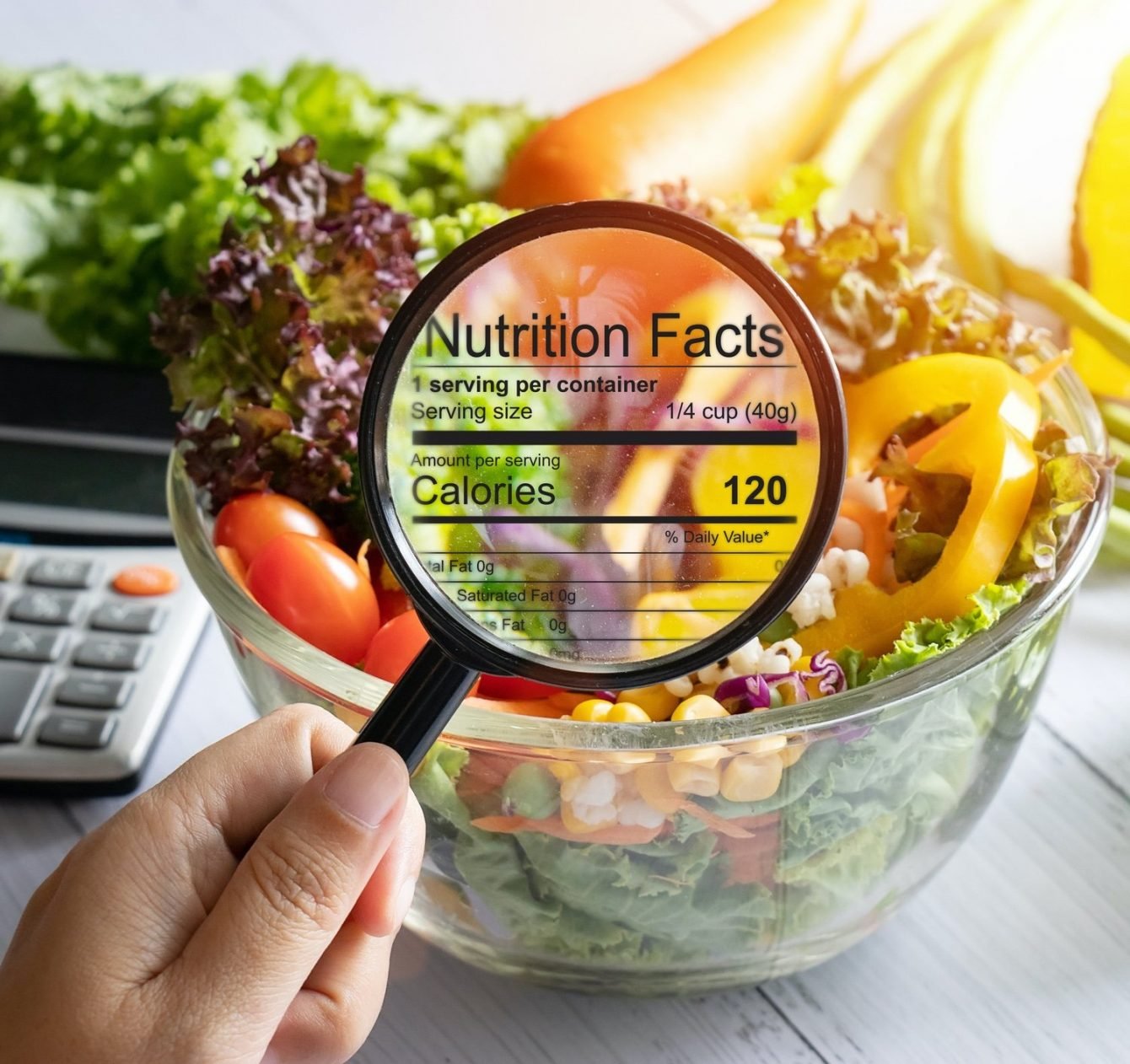
Below is an example of a day for when someone trains first thing in the morning.
As you can see the training meals are close to the workout and the anytime meals are at the later stage of
the day furthest away from the workout.
|
|
Pre training snack (fuel)
|
|
|
|
|
|
Post training meal (recovery)
|
|
|
|
|
|
|
|
|
|
Quick tips to manage calorie intake:
–Anytime meals contain a good protein source and typically more vegetables that grow above the
ground and salad leaves and less starch based carbohydrates such as bread, pasta, potatoes, rice
–Training meals contain a good protein source and typically more starch based carbohydrate and
lower veg content.
Diet has a significant influence on bone health across the lifespan
Following a Dexa Scan, you will receive a Z score that compares your bone mass to the average of
people of the same age and sex as you.
Diet has a significant influence on bone health across the lifespan, bone is a nutritional modified tissue
and it is worth considering some of the key nutrients that support bone health: namely calcium, protein,
In terms of foods most recommendations for good bone health include the consumption of dairy products,
leafy green vegetables, fish and fruits. In some cases of those excluding dairy, it is worth considering the
consumption of fortified foods or supplements. Please find some examples below.
Adult requirement of calcium: 700mg a day.
Other measurements from our Dexa include a lean mass score. Lean mass is everything except body fat, which includes organs, bone, muscle, blood and skin. It is important to take the big picture into account if your goal is to increase your muscle mass. Alongside an adequate training program to elicit the correct stimulus I would consider the 3 Ts again:
Total – calculate an adequate total kcal target per day
(we can help you with this.)
Type – set a total grams of protein to ingest per day in relation to body weight in kg
(1.6 – 2.0 grams per kg.)
Let’s take myself as an example:
–Training: 3-4 resistance training sessions a week.
–Calculation: 87 x 1.6 = 139 grams per day.
Each example below contains 30g of protein per serving
|
|
|
|
|
|
|
|
|
|
|
|
|
|
|
|
|
|
|
|
|
|
|
|
|
|
|
|
|
|
|
|
|
|
|
|
|
|
|
|
|
|
Greek Yoghurt 0% Fat (290g)
|
|
Baby Bell Cheese Light (5)
|
|
|
|
|
|
|
|
I am here to help progress your fitness goals and by understanding the baseline stats you will have a great
starting point to push off from. If you have any questions please get in touch and if you would like to book in for an RMR and/or Dexa Scan please visit our pricing page.
